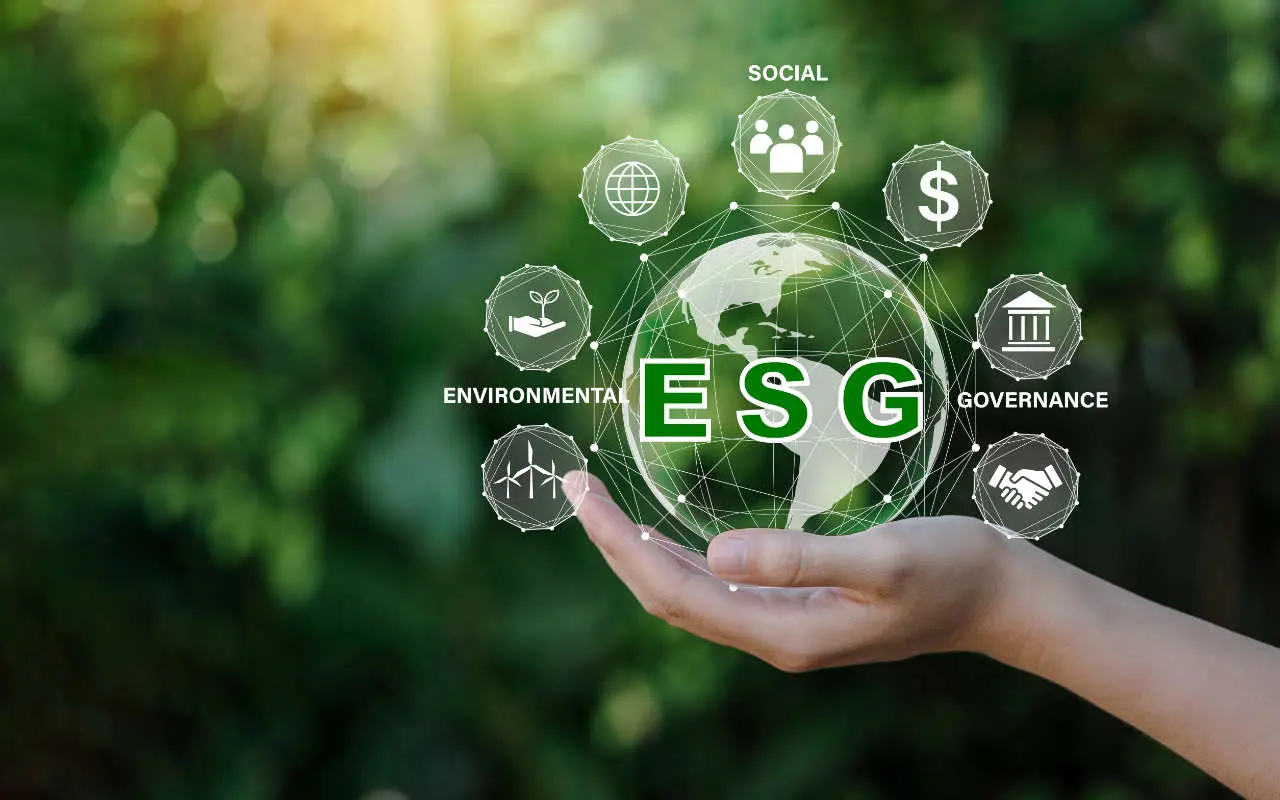In Short : In the age of AI, companies can pursue sustainability goals by optimizing their operations, reducing energy consumption, and embracing eco-friendly technologies. Cloud-based AI services can be used to enhance energy efficiency in data centers, while AI algorithms can optimize supply chains, reducing waste and emissions. Sustainable practices can also be integrated into product design and manufacturing processes. Companies can further enhance sustainability by adopting circular economy principles, promoting recycling and reusing materials, and investing in renewable energy sources to power their operations. Collaboration with technology partners and staying updated with the latest advancements in AI can help companies achieve their sustainability objectives while leveraging the benefits of artificial intelligence.
In Detail : The CTO also added that sustainability goals could be achieved through non-disruptive component replacement, reducing electronic waste (E-waste), and offering storage-as-a-service, ultimately creating a smaller ecological footprint for organisations.
As the interest around generative artificial intelligence is on the rise, concerns around energy consumption at the back end of the technology are also rising. In a recent interview with Business Today, Mark Jobbins, Field Chief Technology Officer, of Pure Storage for the Asia Pacific and Japan, explained how recent developments have led to the growing demand for sustainable data centres.
Jobbins highlighted the significant demand for data centre space in India. He noted that the data centre footprint is expected to double in the next two years in the country on the back of growing demand, which has brought sustainability issues at the centre of the discourse.
He said, “Looking at the Indian market, we can see there’s a demand. I think there’s an estimate that the data center footprint will double in the next two years. So, there’s a huge demand for data center space. But there’s actually a global government initiative around getting to net zero by 2070. So, the government recognizes we need to do something, there’s a huge push around sustainable energy sources. So, I think it’s estimated that the government would like to have about 50 per cent of power generation through sustainable energy. ”
Data centers are known to consume a lot of energy adding to the cost to the organization as well as to the environment. The CTO noted that there are three ways through which this challenge could be addressed– reducing power consumption, adopting cleaner power generation, and offsetting emissions.
He explained, “The first one is you can either limit, reduce, or contain the amount of power that’s actually needed to run those services. So that’s the first thing that people can look at. The second one is to have a cleaner power generation supply. And that will help reduce the greenhouse gas emissions due to power consumption.”
“The final one is you can try and offset it. You can plant trees, you can go and buy carbon credits and things like that. And I’d have to say all three of them play an important part, there’s no question. However, the role that Pure Storage has looked at is to focus on the first one. We strongly believe that if you can actually constrain and limit the amount of power that is required to actually run the systems, that is a better approach,” he added.
The CTO also added that sustainability goals could be achieved through non-disruptive component replacement, reducing electronic waste (E-waste), and offering storage-as-a-service, ultimately creating a smaller ecological footprint for organisations.

